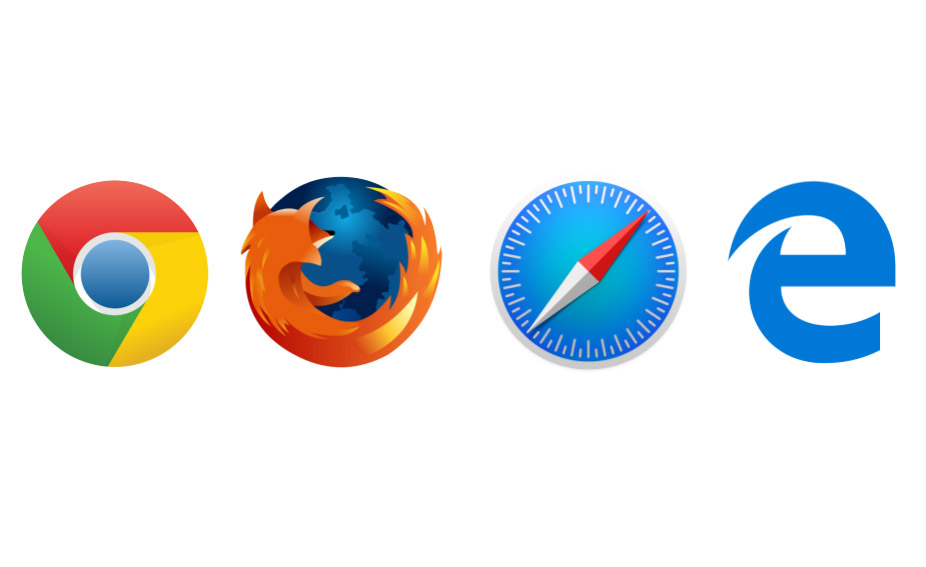

You will see a warning about experimental features not being guaranteed, followed by a list of current experiments you can try out. (Note: you can always open mobile Chrome and type chrome://flags into the search bar. There was some talk about a similar feature being in development for Chrome a while back, but so far it hasn’t been released in official Chrome updates. The upside is that the reading setting is easy to toggle on and off. Featured images usually display as they should in Reader View, but occasionally some content doesn’t make it through the transition. This setting makes ads, sidebars, brightly-colored backgrounds and other distracting features disappear so you can focus on the content and just read. The one standout feature that Safari has (but Chrome doesn’t) is Reader View. You can even read articles from your list when you are offline. In both cases, it’s a nice way to save articles to a dedicated database you can access across your devices. Safari, of course, offers Reading List - something that Chrome didn’t have until version 57, which was released in March of 2017. Chrome, on the other hand, has a different - and slightly more fluid - scrolling feel than Safari, and it’s more akin to what you might be used to on a desktop browser. Tabbed browsing with Safari is, arguably, a bit nicer to look at than Chrome’s, but they both offer similar functionality. Both browsers have excellent and easy autofill options, as well as their own private browsing modes. Now that the playing field has been leveled, which browser to use is mostly a matter of other features.Īs far as features go, Safari and Chrome are neck-and-neck. In this informal experiment, Chrome was a bit quicker than Safari in two out of three cases, but Safari was a close second. In fact, in 2014, CNET did a “Mobile Browser Showdown” between Chrome, Safari and Opera on the iPhone 5S. Since Google switched to Apple’s engine, Chrome is now just as fast as (if not faster than) Safari, crashes less, and has similar battery life expenditures. Since Apple allowed third-party browser developers to use the same WKWebView engine that powers Safari, the speed difference between Apple’s proprietary browser and Google Chrome is negligible at best. For example, a few years ago Chrome was not only significantly slower than Safari on iOS, but it ate up memory (and battery power) like there was no tomorrow.

In the past, browser speed was often the deciding factor for choosing which app to use. Although Firefox, Opera, Internet Explorer and a few other browsers were used, Chrome had the largest market share by far, at 54.15 percent.Ĭhrome vs Safari Chrome vs. During the same timeframe, Safari was used by 31.17 percent of mobile browser users. According to, mobile devices running iOS made up 30.82 percent of the whole during the first two months of 2017. With Apple’s mobile market share being close to 30 percent, you would expect Safari’s market share to be similar, and you would be right. So let’s run through the differences - and similarities - between Safari and Chrome for iOS, so you can decide for yourself. And if your device runs on iOS, you’ve probably encountered Apple’s proprietary Safari browser. But with top-notch competitors like Google Chrome available on the App Store, there’s a very real question of which iOS browser is the best. Safari – Which Browser Is Best for iPhone and iPad?īrowsing the web is one of the most important functions our smartphones serve.


 0 kommentar(er)
0 kommentar(er)
